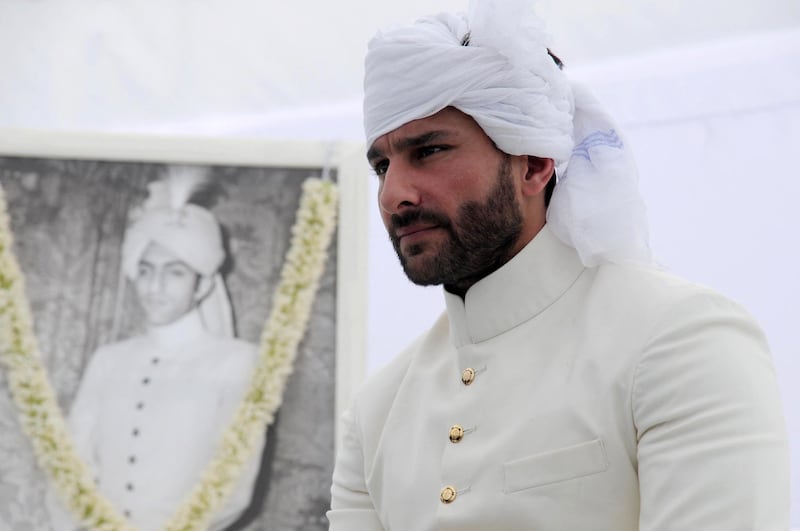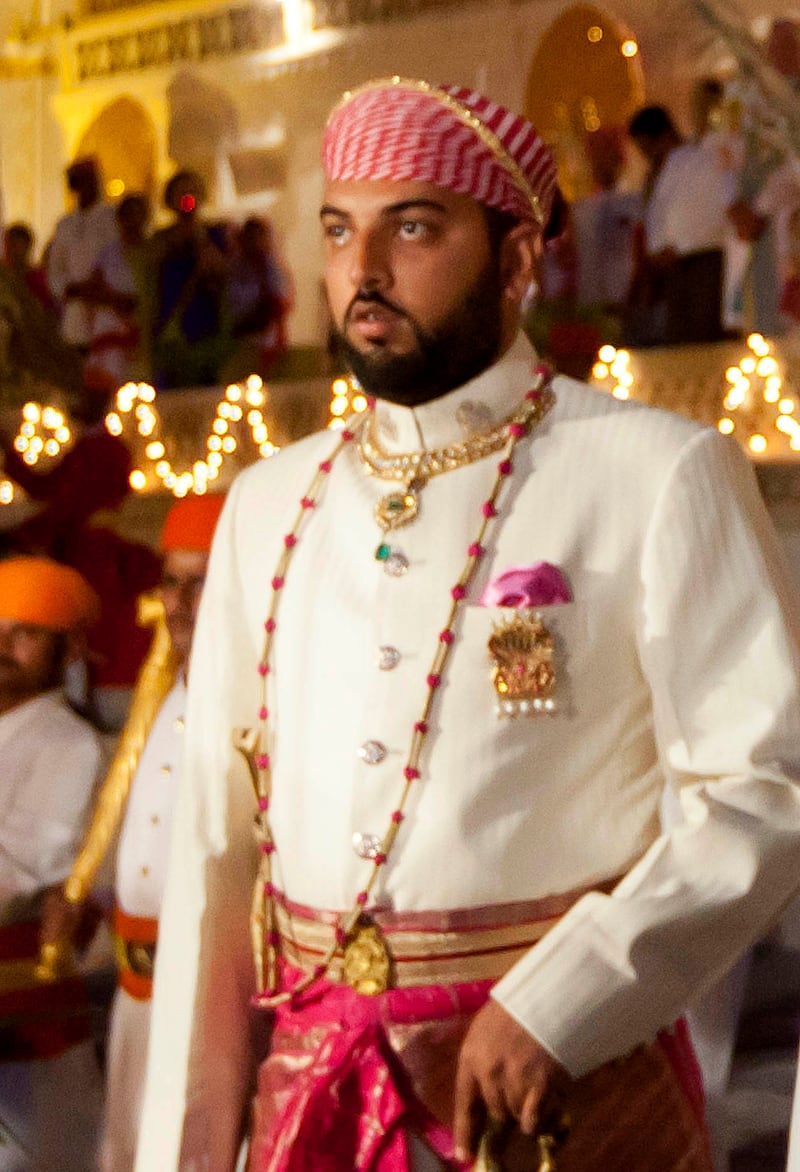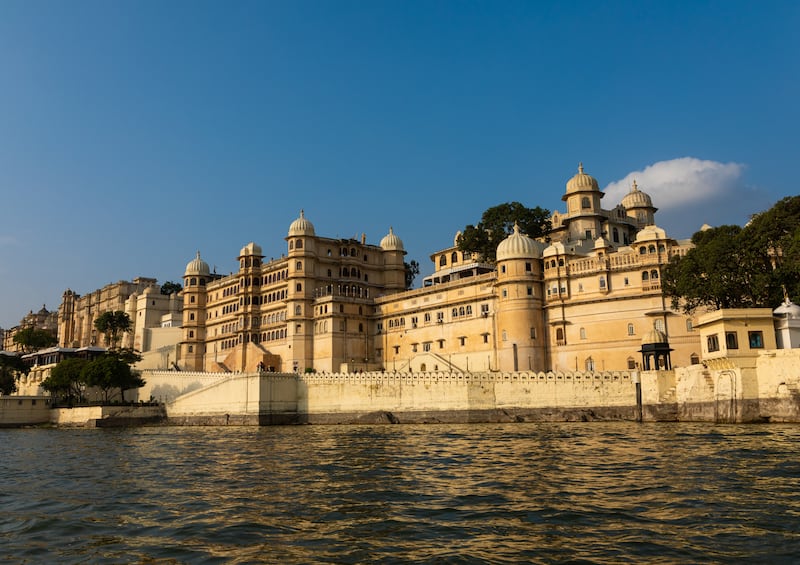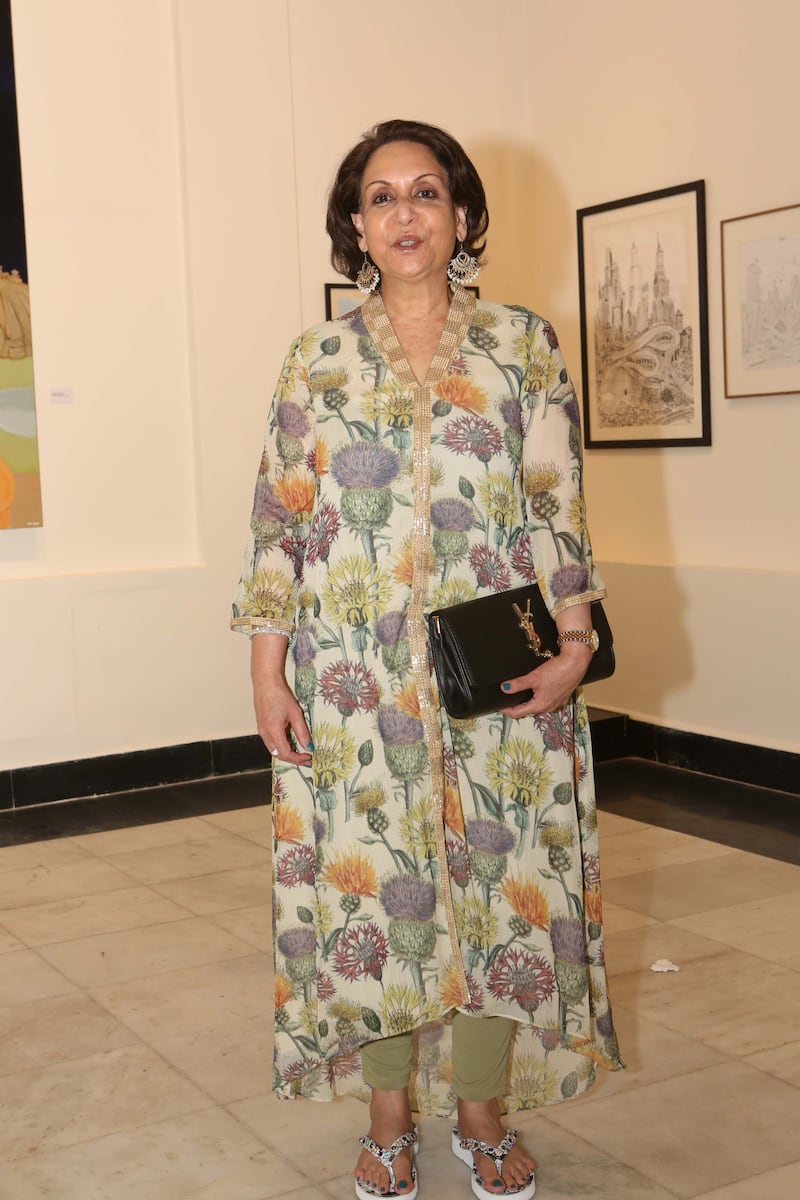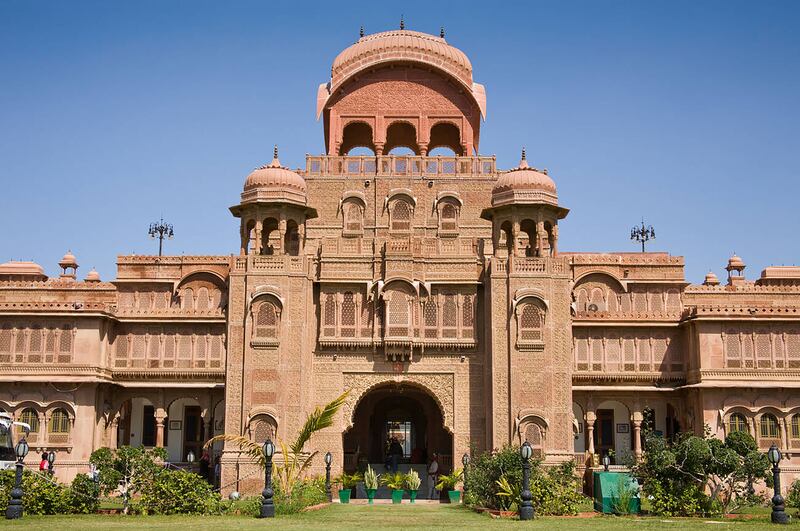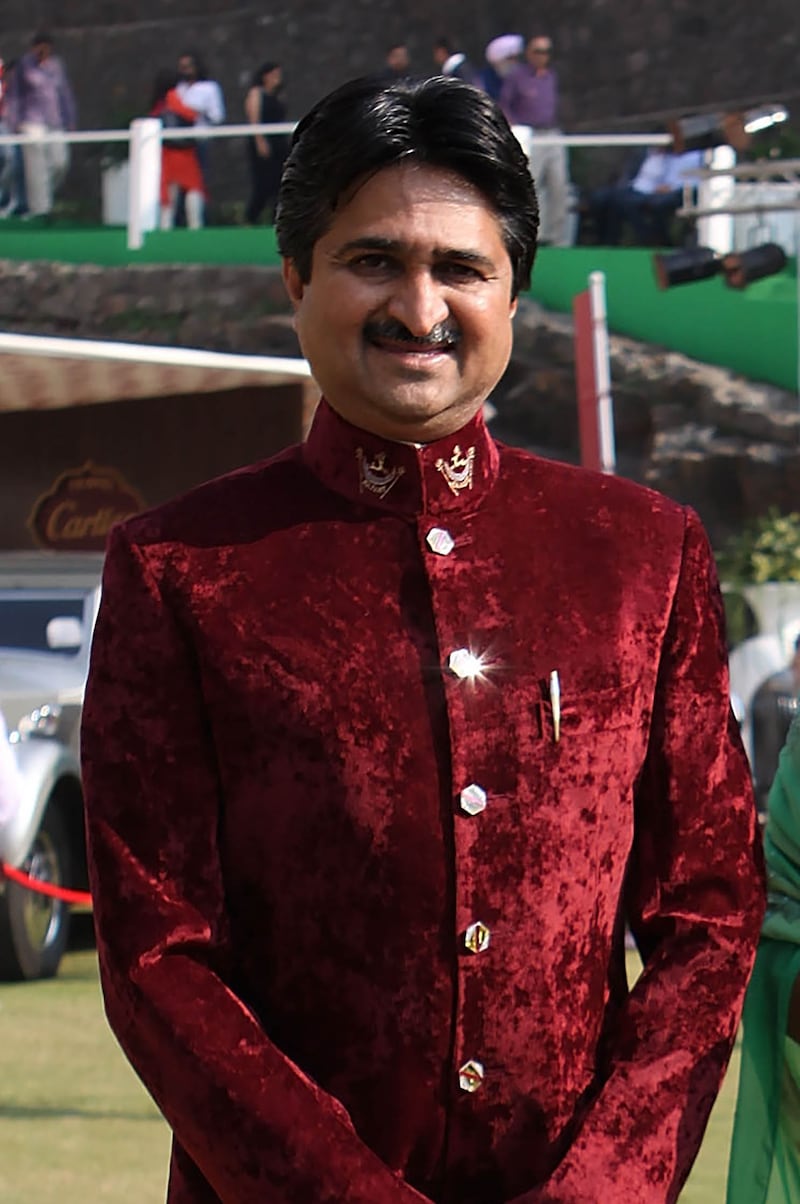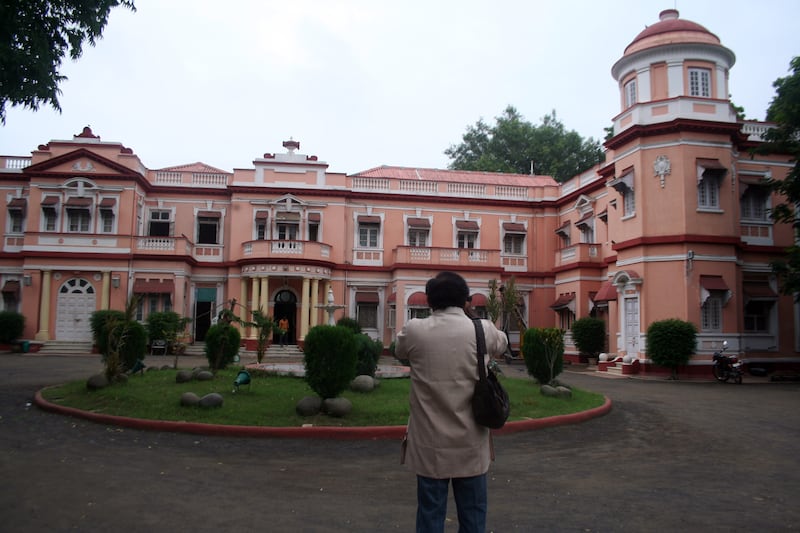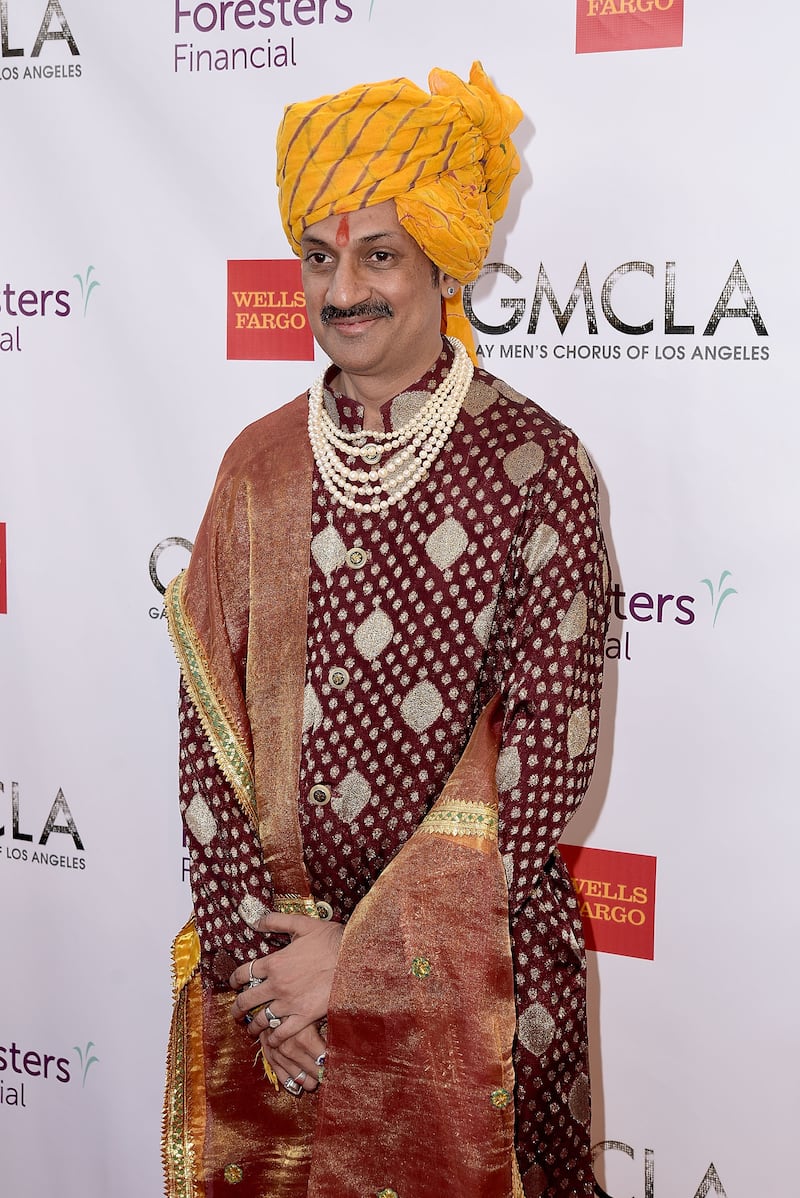The titles maharaja and maharani evoke images of glamorous royalty living in palatial grandeur. However, more than 500 Indian royal families were stripped of financial and special privileges in 1971 after the 26th Amendment to the Constitution of India was passed.
Despite this derecognition, many royal descendants still carry honorary titles and continue to hold a special place in the public's hearts. Some modern-day royals have also put their influence to good use for humanitarian causes, while others have carved a niche as hoteliers, politicians, philanthropists, athletes or gatekeepers of Indian culture and heritage.
Lakshyaraj Singh Mewar of Udaipur, Rajasthan
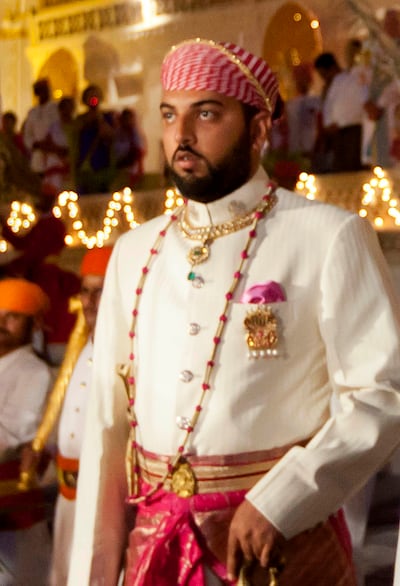
One of the oldest royal families in India, Udaipur's Mewar dynasty’s descendants continue to live at the stunning City Palace, a four-hectare property that often finds itself on “world’s most beautiful palaces” lists. Lakshyaraj Singh Mewar, 37, the 77th successor and scion of the 1,500-year-old House of Mewar, is the owner of this property, along with several other palaces that belong to the powerful clan.
Nonetheless, he remains modest and grounded. His enthusiastic philanthropic work has helped him bag four Guinness World Records — twice in 2019 for his Vastra Daan campaign, a pan-India initiative that collected more than three million pieces of clothing within 24 hours for recycling and donation. Contributions poured in from 12 countries for the unique project, including Australia, the US, Oman, Sri Lanka and the UAE. The initiative benefitted underprivileged children across 120 schools, 15 colleges and 30 non-profit organisations in India.
In 2020, the prince organised the largest donation of school supplies in 24 hours to earn his third Guinness World record. The educational campaign, Shiksha Protsahan Abhiyan, mobilised two tonnes of stationery and books in a day. The fourth record was set by the Go Green initiative, which involved Udaipur’s citizens planting 4,035 saplings in under one minute across the city.
“In this day and age, when royalty has ceased to exist, I don’t think of myself as a royal or an aristocrat. I’m a citizen of democratic India helping others in whatever capacity I can,” he says. The multifaceted royal also manages a hospitality and heritage hotel business, with a portfolio of 10 properties.
Mewar’s love for vintage cars and aero-modelling has led him to participate in — and win — national and international competitions. And his support for craftsmen and artisans had shaped many of his projects.
“The idea behind these initiatives is to create new opportunities for employment, development and the sustainability of our heritage cities. Our privileges come with responsibilities; we have to balance both. That’s what it means to be a contemporary royal,” he says.
Manvendra Singh Gohil of Rajpipla, Gujarat
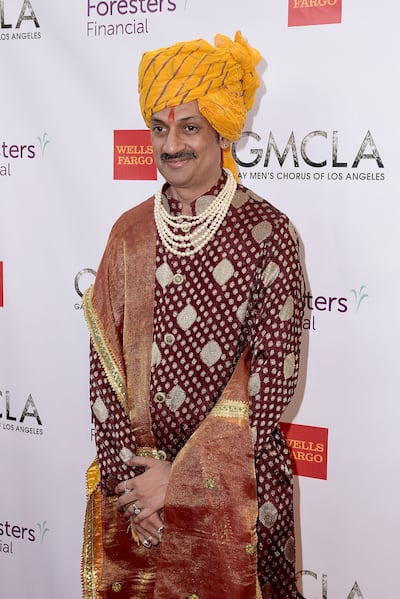
Honorary Prince Manvendra Singh Gohil, 56, was only 6 years old when his father, then a maharaja of Rajpipla in India’s western state of Gujarat, lost his royal title.
The Gohil Rajput dynasty, of which Gohil is the 39th descendant, can be traced back to the 13th century. Its kings were known as much for their valour as their wealth — Gohil admits that it wasn’t uncommon “to have 100 servants around the palace for its upkeep”.
Gohil’s great-grandfather, the last ruling maharaja of Rajpipla, famously owned several Rolls-Royce cars and racehorses, one of which, Windsor Lad, won the Epsom Derby in 1934. But he never lost sight of his duties; he built roads, shelters for the poor, schools, train lines and other infrastructure for the region.
With such a glorious past, Gohil says he “could well have rested on past laurels”. But he chose differently. Today, he is India’s most visible LGBTQ activist, who also runs two shelters for the community, one within the complex of his sprawling home — the Rajpipla Palace in Gujarat. Built in 1915, the palatial residence boasts one of the world’s most beautiful ballrooms, as well as an on-site museum showcasing family heirlooms and artefacts.
“We’ll soon be conducting artists’ and craftsmen workshops and residencies within the palace, so that the region’s arts can be promoted, creating job opportunities for our people,” says Gohil.
Also a keen advocate for organic farming, the prince grows fruits and vegetables within the palace complex “so that the family can become self-sustainable and eat healthy food everyday”.
A renowned musician, proficient at playing the harmonium, Singh has performed all over the world. “This summer I’ll be performing in New York at a special function. It’s a great feeling to represent your country and perform in front of a live audience,” he says.
Rajyashree Kumari of Bikaner, Rajasthan
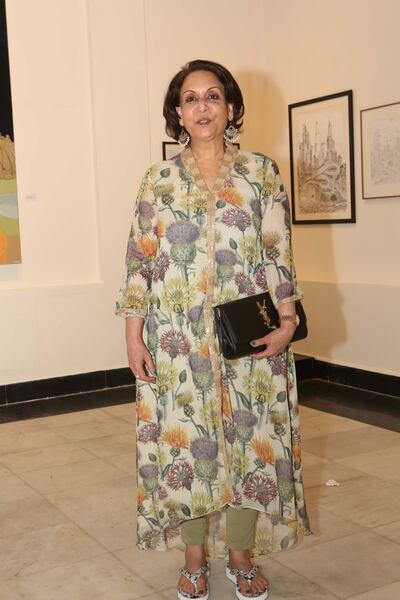
With her elegant looks and stately manner, it is difficult to believe that former princess Rajyashree Kumari, 68, is so adept with firearms — she holds several national and international shooting titles.
The current heir of the royal family of Bikaner, Kumari won the country’s highest sporting honour — the Arjuna Award — in 1968 when she was 16. "We come from a hunting-and-shooting family," she says, "so taking up shooting was a natural progression for me as a young girl. I grew up watching my grandfather and my father indulging in the sport.”
Introduced to the sport at the age of 6, Kumari was crowned the top markswoman in the country in her teens, which helped her earn a place in the Indian shooting team.
However, with her shooting days behind her, Kumari has devoted herself to philanthropy and chairs several charitable trusts in Rajasthan. She is also the owner of the opulent heritage hotel, Lalgarh Palace, which is home to the Sri Sadul Museum, which has rare centuries-old paintings owned by the dynasty on display. Several Bollywood blockbusters, including Khoobsurat, starring Sonam Kapoor and Pakistani actor Fawad Khan, have been shot here.
An avid reader, she is also the author of three coffee table books, The Lallgarh Palace — Home Of The Maharajas Of Bikaner, The Maharajas Of Bikaner and Palace of Clouds — A Memoir, all of which showcase Bikaner’s heritage and history.
Despite her privileged background, Kumari is emphatic that she “never considered myself a royal. “I was born after Independence and my parents brought us up in a very modern and practical way. We were taught to be humble and diligent. So in my position as the daughter of Maharaja Karni Singh, I still feel a great sense of responsibility to uplift and empower people.”
Yuvraj Mandhatasinh Jadeja of Rajkot, Gujarat
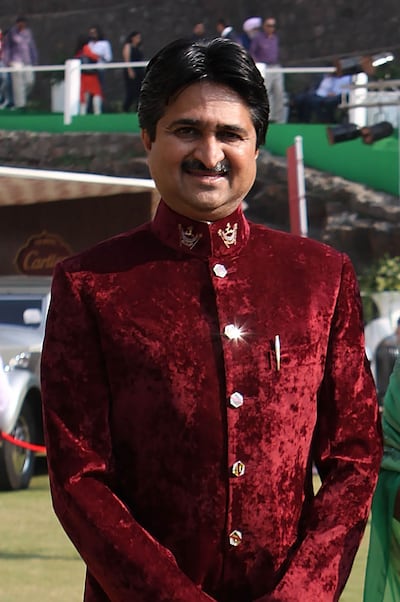
At a time when many other royals are focusing on commercial business ventures to earn a living, the Jadeja dynasty of Rajkot, once the capital of the princely state of Saurashtra, has devoted itself to eco-friendly endeavours.
Despite owning several properties, including their 100-room royal home, the Ranjit Villa from 1870, the current head of the clan, Yuvraj Mandhatasinh Jadeja, has put his ancestral fortune to good use by investing almost $10 million in developing biofuels and hydropower plants.
“Sustainable and climate-friendly enterprises and renewable energy is the future,” he believes. To fulfil their mission, the Jadeja family has acquired wastelands in Madhya Pradesh and Gujarat to grow jatropha (nettlesplurge plant), whose oil is extracted to make biodiesel.
“Our twin aims through our projects are nation building and employment generation among the poorer sections of society,” says Jadeja. According to the visionary, the future lies in hydropower generation.
“The pandemic has taught us to be mindful of unbridled consumption and to preserve the environment. With our climate-friendly initiatives, we hope to leave behind a better planet for the next generation.”
Saif Ali Khan of Pataudi Dynasty, Haryana
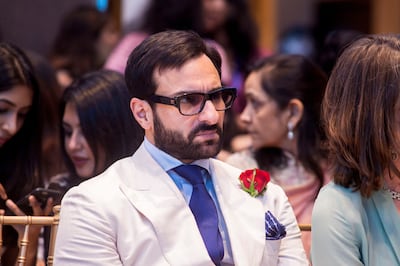
Perhaps the most interesting of India’s royals, the Nawabs of Pataudi trace their origins back to the 16th century, when their ancestors immigrated from present-day Afghanistan to the Indian subcontinent. Bollywood actor Saif Ali Khan is the 10th nawab of the illustrious clan. His father Mansoor Ali Khan Pataudi was an internationally famous cricketer who married actress Sharmila Tagore; the couple had three children.
Though Khan did dabble in cricket in his youth, he followed in his mother’s footsteps into Bollywood, where he has had mixed luck over three decades starring in various movie genres. His daughter Sara Ali Khan is also an actor.
